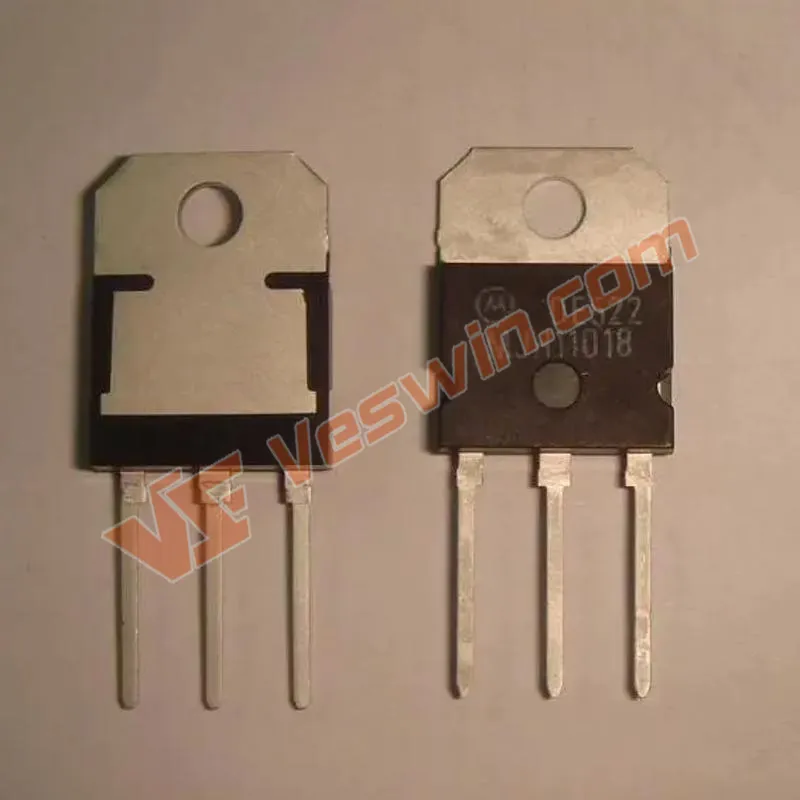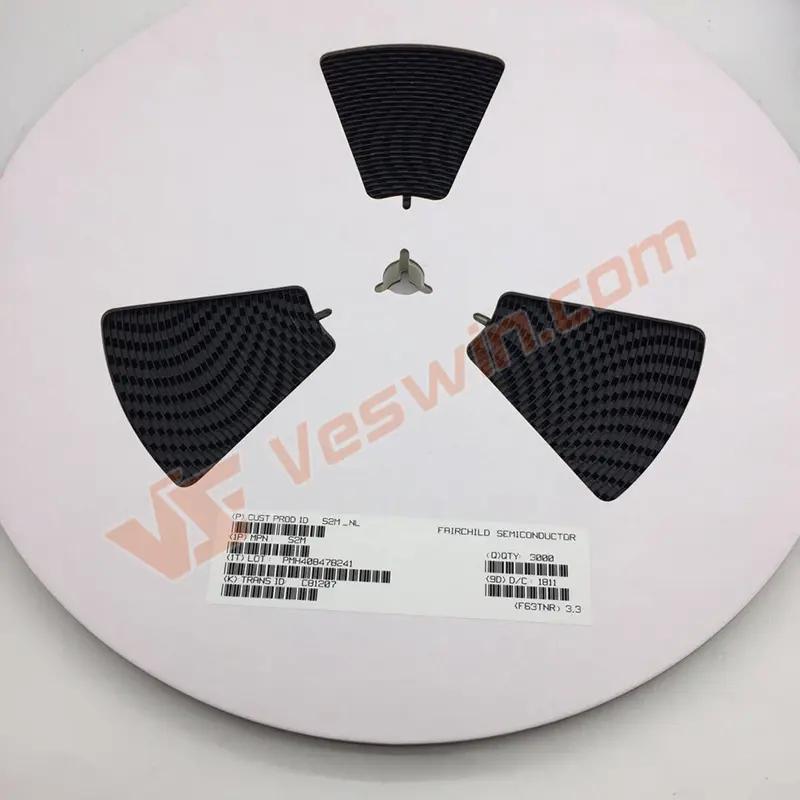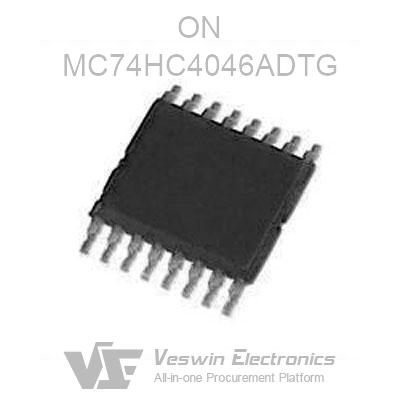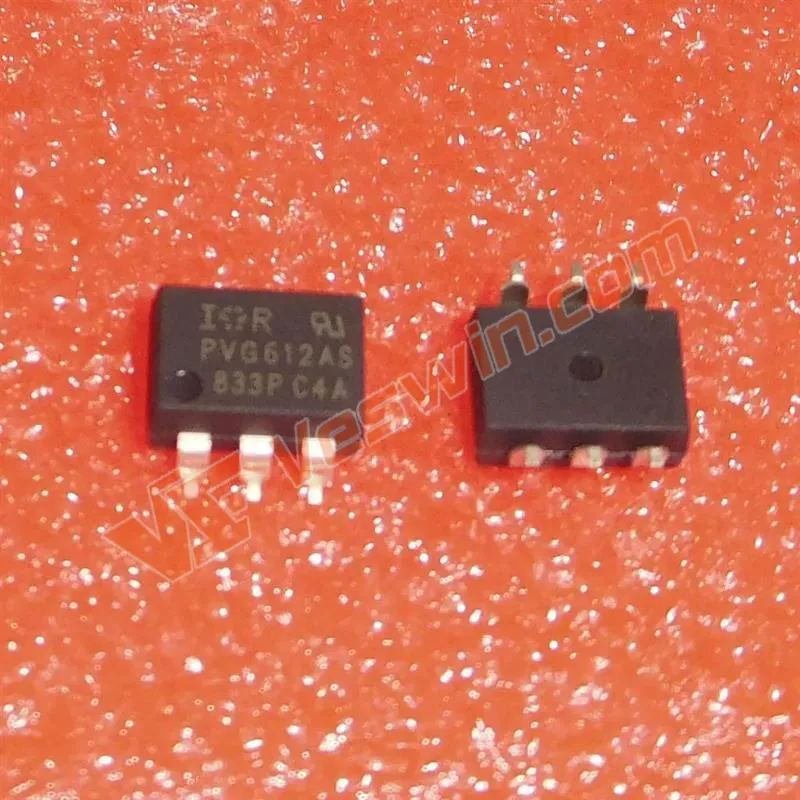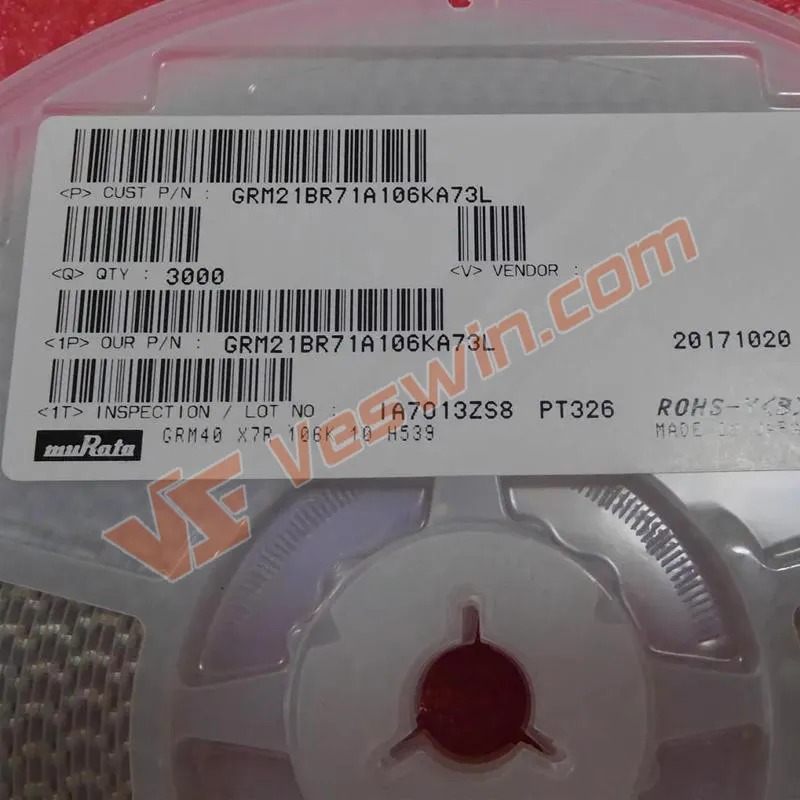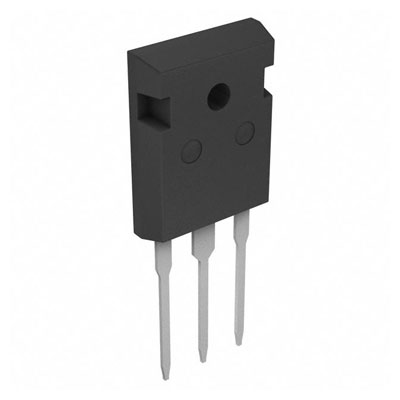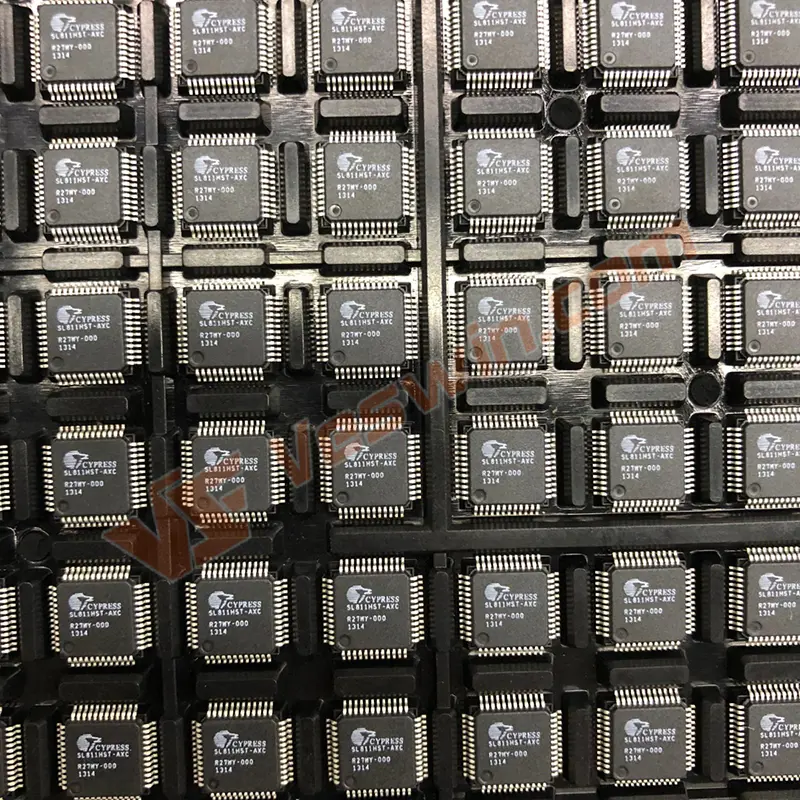In today's automotive industry, sensors have become an essential component in ensuring the smooth functioning of a car. From monitoring the engine to detecting potential hazards on the road, sensors are ubiquitous in modern automobiles. But what are sensors, and what are sensors on a car? In this article, we will take a closer look at the various sensors found in cars and their functions.
Catalog
A sensor is a component or device that converts collected information into a signal that can be processed by a device. Human beings act on the basis of information obtained by sight, hearing, smell, and touch, and so do devices, which are controlled or processed based on the information obtained by sensors.
The signals (physical quantities) collected and converted by sensors are temperature, light, color, air pressure, magnetism, speed, acceleration, etc. These make use of material changes in semiconductors. In addition to these, there are biosensors that utilize biological substances such as enzymes and microorganisms. There is a wide variety of sensors, about 30,000 types or more.
It is as difficult as identifying a sky full of stars to thoroughly figure out the sensors, which span almost all manufacturing categories. Common types of sensors include: temperature sensors, humidity sensors, pressure sensors, displacement sensors, flow sensors, liquid level sensors, force sensors, acceleration sensors, torque sensors, etc.
The sensors on a car are the input devices of the car computer system, which convert the information of various working conditions in the car operation, such as car speed, temperature of various media, engine running conditions, etc., into electrical signals to the computer, so that the engine is in the best working condition.
There are many sensors in the car, when judging the fault of the sensor, should not only consider the sensor itself, but should consider the whole circuit where the fault occurs. Therefore, in finding the fault, in addition to checking the sensor, but also check the wiring harness, plug and the relevant circuit between the sensor and the electronic control unit.
Automotive sensors can be divided into body-aware sensors and environment-aware sensors depending on the purpose of use.
Body-aware sensors improve the information level of the single vehicle itself, so that the vehicle has the ability to sense itself; according to the different input measured mainly divided into pressure sensors, position sensors, temperature sensors, line acceleration sensors, angular acceleration sensors, air flow sensors, gas sensors, from the working principle of most of these sensors using MEMS solutions.
Environment-aware sensors realize the ability of a single vehicle to sense the external environment, help the car computer to obtain environmental information and make planning decisions, and provide support for intelligent vehicle driving; environment-aware sensors are mainly divided into vehicle cameras, ultrasonic radar, millimeter-wave radar, LIDAR and infrared radar, etc.
#1 Body sensing: pressure sensor
Automotive pressure sensors that convert pressure signals into electrical signals are mainly divided into two categories: capacitive and resistive. Pressure sensors are devices that can sense pressure signals and convert them into usable electrical signals.
According to the different mainstream technical principles of pressure-sensitive components, automotive pressure sensors are mainly divided into capacitive pressure sensors and resistive pressure sensors, which are usually applied at the intake manifold of the engine, detecting atmospheric pressure changes, detecting the boost pressure of the turbocharger, detecting the oil pressure of the suspension system, detecting tire pressure in real time, measuring the combustion pressure of the mixture in the cylinder, etc.
#2 Body sensing: Position sensors
Position sensor is a device that measures the position at which a component is running or moving. The working principle of automotive position sensor is mainly Hall effect, magneto-resistive effect, photoelectric type, capacitive type and electro-thermal type five kinds. According to the different uses can be divided into crankshaft position sensor, throttle position sensor, car height and corner position sensor, liquid level sensor, orientation sensor, seat position sensor, etc.
#3 Body sensing:Automotive temperature sensor
Temperature sensor: The most widely used temperature sensor in automobiles is the thermistor type temperature sensor. Automotive temperature sensors convert temperature signals into usable output signals and can be divided into thermistor type, thermocouple type and thermal ferrite type according to the working principle, among which thermistor type temperature sensors are most widely used.
According to the different application scenarios thermistor temperature sensor can be divided into air intake temperature sensor, coolant temperature sensor, interior and exterior temperature sensor, evaporator outlet temperature sensor, exhaust temperature sensor, etc.
#4 Body sensing: air flow sensor
Air flow sensor, also known as air flow meter, can be used to detect the size of the engine air intake, is one of the most important sensors for EFI engines. Air flow sensor is usually installed in the intake pipe, the intake signal into an electrical signal to the ECU, for the ECU to determine the amount of injection and ignition time.
Electronic regulation of gasoline injected engines to achieve essentially the best concentration of mixture under various rotational conditions requires measurement of the amount of air drawn into the engine at each moment as a key basis for the ECU to calculate (adjust) the amount of fuel injected.
If the air flow sensor or circuit failure, the ECU does not get a good air intake signal, it will not be able to properly adjust the amount of fuel injection, which will cause the mixture too thick or too thin, so that the engine rotation abnormal, and even cause damage to parts. Air flow sensor is divided into volume type and mass type, which volume type including vane type, Carmen vortex street type, volume core type, mass type including hot-wire type, thermal mode.
#5 Body sensing: Gas sensors
Gas sensors are devices that detect information such as the type and concentration of gases. Gas sensors can be divided into semiconductor gas sensors, solid electrolyte gas sensors, catalytic combustion gas sensors, electrochemical gas sensors, optical gas sensors and so on according to the different technical principles; according to the different types of gases to be measured on the role of gas concentration sensors in the car can be divided into oxygen sensors, NOX sensors, thin mixture sensors, smoke concentration sensors, diesel Smoke sensor.
#6 Body sensing: MEMS solutions
Body sensing sensors are widely used in the power system (new energy vehicles are three electrical systems), chassis system, body system, to realize the perception of the car's own information and make decisions, execution, is the car's "nerve endings", the current development of more mature, mainly MEMS sensors.
MEMS system is a micro or nano-level device or system that can be produced in bulk, integrating micro sensors, actuators, mechanical structures, power sources, signal processing, control circuits, high-performance electronic integrated devices, interfaces, communications, etc. MEMS sensors are developed on the basis of microelectronics technology, a multidisciplinary intersection of cutting-edge research areas. MEMS sensors are new types of sensors manufactured using microelectronic and micromachining technologies.
#7 Environmental Sensing: Millimeter Wave Radar
Millimeter wave radar: Millimeter wave radar is an important part of ADAS system and is an important device to realize intelligent driving in cars. Millimeter wave radar uses millimeter waves with frequencies of 30GHz-300GHz to irradiate the target and receive echoes, and obtains information such as distance, orientation, and speed between the target and the transmitting point through signal processing.
In-vehicle millimeter wave radar mostly adopts FMCW continuous frequency modulation type, usually there are two kinds of 24GHz and 77GHz; according to the measurement distance, there are SRR for short range, MRR for medium range and LRR for long range, 77GHz millimeter wave radar is usually installed in front of the car, used for the detection of medium and long range objects; 24GHz millimeter wave radar is usually installed in the side and rear of the car, used for blind spot detection, assisted parking, etc. Millimeter wave radar has been widely used in the ADAS system of the car.
#8 Environment Perception: In-vehicle Camera
In-vehicle camera: In-vehicle camera provides input for ADAS function with light-sensitive imaging. In-vehicle camera is a device that monitors the environment inside and outside the car, converts optical signals into electrical signals and presents images to assist the driver in driving, usually divided into monocular camera, binocular camera, wide angle camera, installed in various parts of the car such as front view, surround view, rear view, side view, and built-in.
The main function of the camera is to sense the external environment and provide video signal input for ADAS (advanced driver assistance system) functions such as collision warning and pedestrian detection.
In-vehicle camera mainly consists of lens set, image sensor (CMOS), digital image signal processing (DSP), where the image sensor is the core technology of in-vehicle camera. The lens module, adhesive material, and image sensor are packaged to form the lens module, which transmits the photoelectric signal to DSP for image signal processing; DSP converts the analog signal into digital signal and integrates with the lens module package to form the terminal system.
#9 Environment Sensing: Ultrasonic Radar
Ultrasonic radar: Ultrasonic radar is commonly used in parking assistance warning and car blind collision warning, and is the mainstream sensor of automatic parking system.
The working principle of ultrasonic radar is to send and receive ultrasonic waves outward, and measure the distance according to the foldback time of ultrasonic waves. The higher the frequency, the higher the sensitivity, but the smaller the detection angle, so generally use the 40kHz probe.
In conclusion, sensors play a crucial role in the safe and efficient operation of a car. By detecting and analyzing various parameters, sensors provide real-time data that helps the driver and the vehicle's computer system make informed decisions.
From ensuring optimal fuel efficiency to alerting the driver about potential dangers on the road, sensors are integral to modern cars. As automotive technology continues to evolve, we can expect to see even more advanced sensors that will further enhance the driving experience and make our roads safer. Hope this topic ”what are sensors on a car” from veswin do helps.
Hot News
